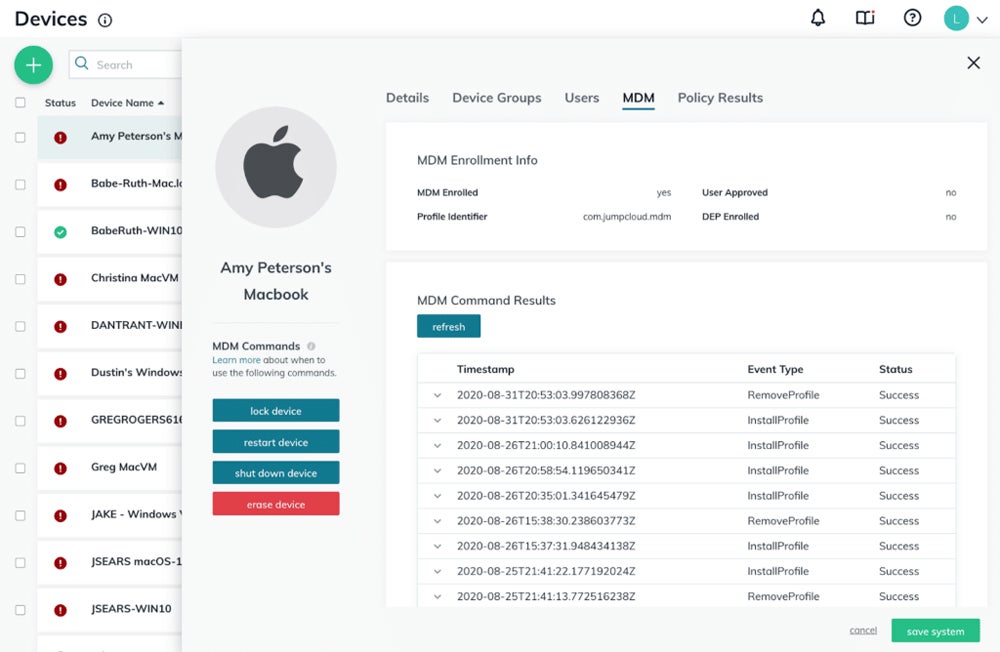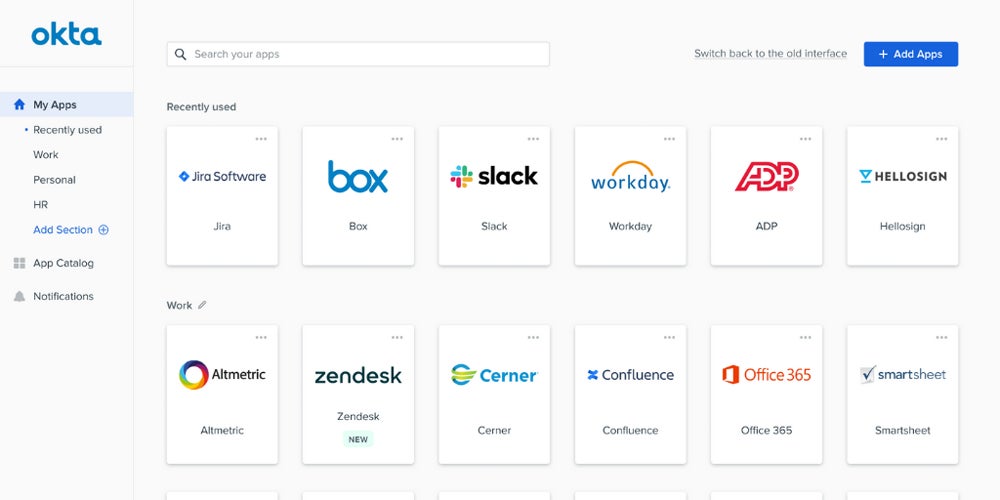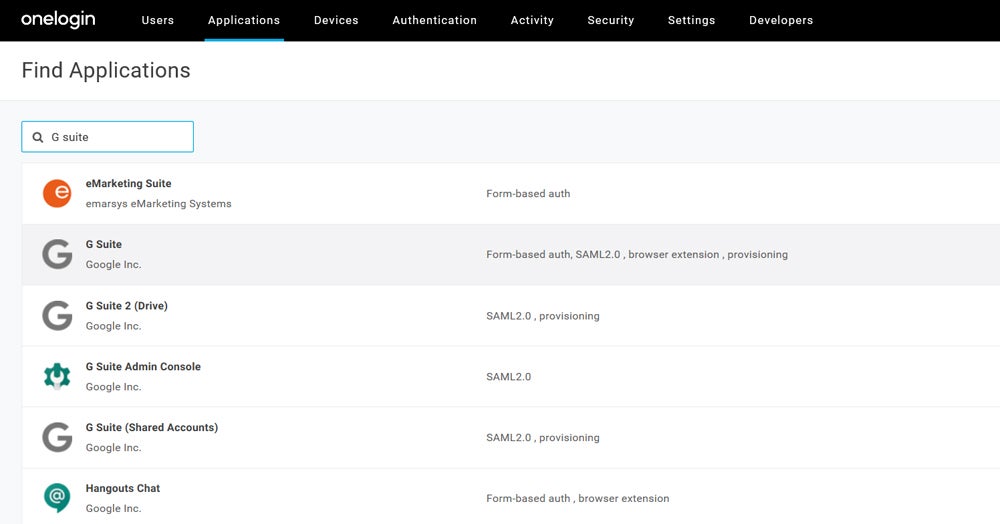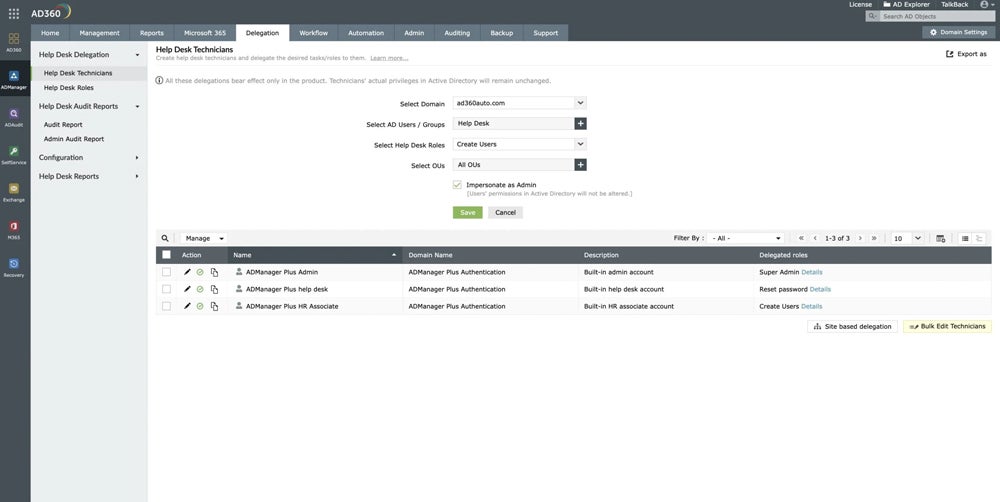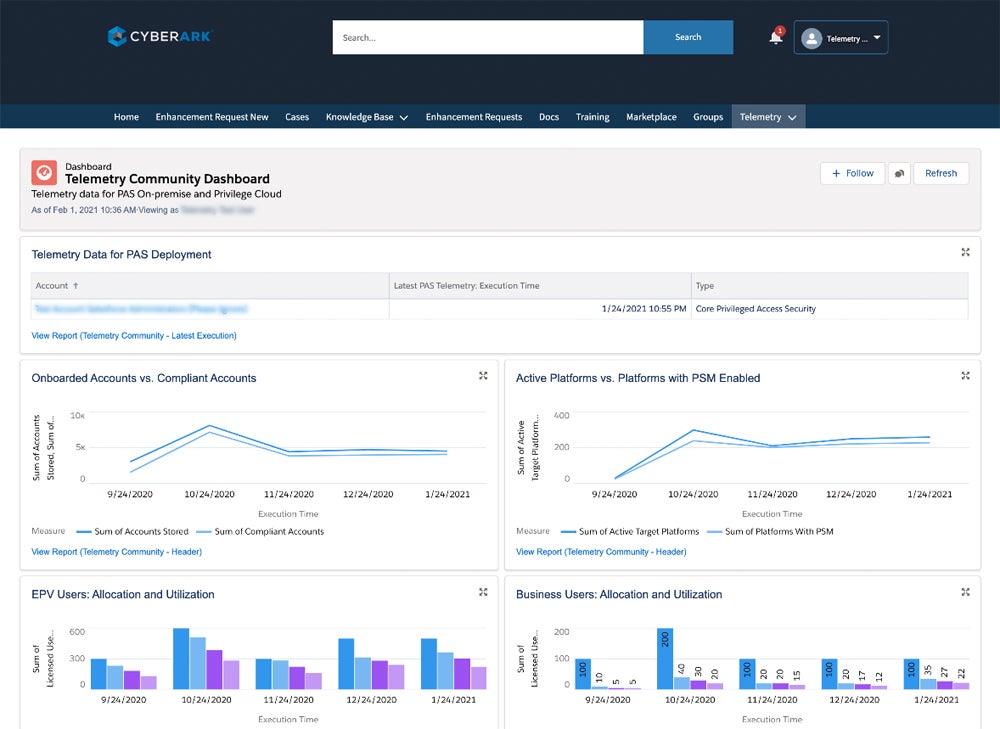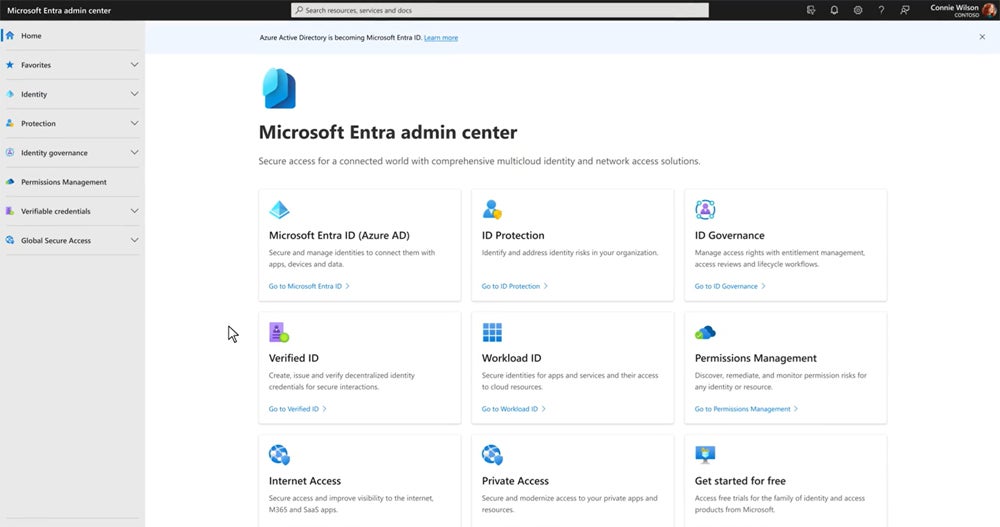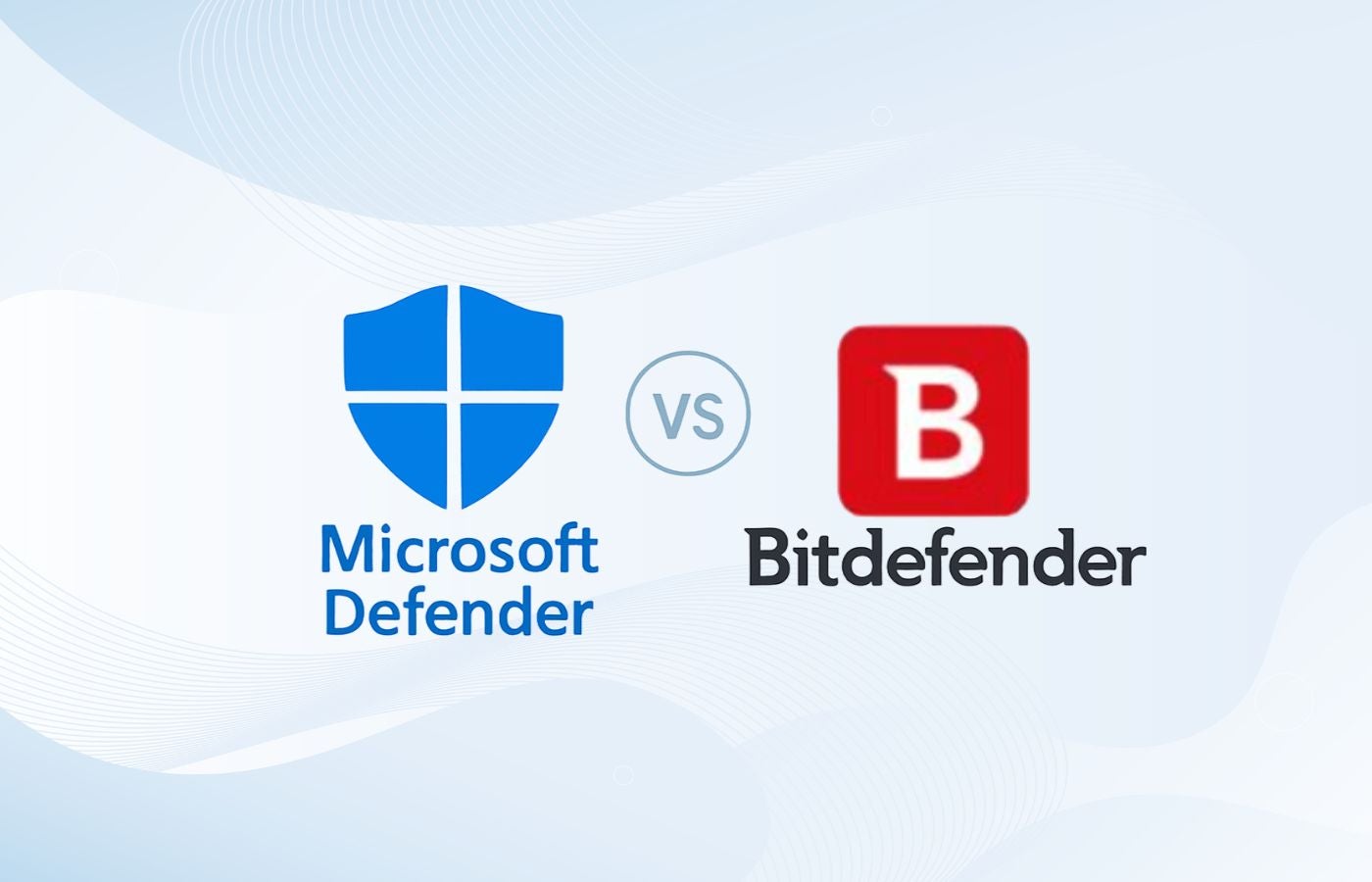Identity and access management (IAM) once helped IT departments in large enterprises manage employees in Microsoft Active Directory. In a modern IT environment, IAM plays a far more critical role in authorizing geographically dispersed workforces as they connect to internal resources, cloud resources, and especially software-as-a-service (SaaS) applications.
With the rapid increase in SaaS applications and remote work, IT teams can no longer easily manage individual user rights and permissions. IAM offloads the burden of individual access management and automates the onboarding and offboarding processes as well.
Choosing the best software for IAM needs becomes even more complicated as developers, customers, and access from other applications all enter the picture. Some organizations require a dedicated IAM solution, while others may only need an IAM tool within a portfolio of other security products. We’ll review our picks for the top IAM solutions, their features, pricing, use cases, pros and cons, and more.
- JumpCloud: Best overall
- Okta Workforce Identity: Best for large enterprises
- OneLogin: Best for developers
- ManageEngine AD360: Best for teams seeking additional security
- CyberArk Workforce Identity: Best for behavioral analytics
- Microsoft Entra ID: Best for governance needs
Featured PartnersFeatured Partners: Identity Access Management Software
eSecurity Planet may receive a commission from merchants for referrals from this website
Top Identity Access Management Solutions at a Glance
This chart compares some of the most basic features of IAM tools and some less common capabilities like identity orchestration.
| MFA | Privilege access management | Identity orchestration/workflows | Secrets management | |
|---|---|---|---|---|
| JumpCloud | ✔ | ✔ | ✔ | ✔ |
| Okta | ✔ | ✔ | ✔ | ✔ |
| OneLogin | ✔ | Available in another solution | Available in another solution | ✘ |
| ManageEngine AD360 | ✔ | ✔ | ✔ | ✘ |
| CyberArk Workforce Identity | ✔ | Available in another solution | ✔ | Available in another solution |
| Microsoft Entra ID | ✔ | ✔ | ✔ | Available in another solution |

JumpCloud – Best overall
Overall Reviewer Score
4.5/5
JumpCloud is an identity, access, and device management platform specifically designed for cloud environments. It has options to implement zero-trust policies, use Cloud LDAP to manage users, and deploy Cloud RADIUS to issue device certificates as one form of multi-factor authentication.
JumpCloud provides centralized identity control and lifecycle management through its Cloud Directory tool. JumpCloud is the most fully featured product on this list, contributing to its high score.
Don’t let all the features intimidate you, though — JumpCloud is still suitable for small businesses.
Pros
Cons
- JumpCloud offers a pricing calculator for potential customers to gauge costs. The full JumpCloud platform costs $15 per user per month, including identity, access, and device. This is the best deal if you’re looking for a full-featured plan. There’s also a zero-trust plan for $27 per user per month, but the Platform package of $22 per user per month should be sufficient for most teams.
- Monthly billing is available, but JumpCloud offers discounts for annual billing.
- JumpCloud is free for the first 10 users and 10 devices.
- JumpCloud offers special pricing for MSP partners and discounts for educational institutions and non-profit organizations.
- API services for custom workflow development
- Incorporated mobile device management solutions and management for Windows, macOS, and Linux endpoints
- Prebuilt HR connectors with Workday, BambooHR, and Namely
- Device patch management services
- Password management add-on
- Integration with CrowdStrike Falcon

Okta – Best for large enterprises
Overall Reviewer Score
4.1/5
Okta has long been a leader in access management, authentication, and single sign-on. With a simple SaaS-based approach, Okta offers IAM solutions that enable zero-trust principles with reduced complexity.
Okta recently acquired Auth0 to cement its position as the category leader and offer developers-coded IAM solutions for customer IAM and applications. Okta also offers partner access management, a good feature for enterprises trying to manage security for their third-party vendors. Okta has plenty of enterprise-grade features and an API and training videos, contributing to its overall rating.
Pros
Cons
- Workforce IAM Options require a minimum $1,500 annual contract and offer volume discounts for enterprise customers with more than 5,000 users. Okta offers various tiers based upon the desired features and are priced per user per month:
- Lifecycle Management: $4 per user per month
- Multi-factor Authentication: $3 per user per month
- Identity Governance: $11 per user per month for unlimited features
- Customer IAM Options support and secure customer interactions are available through the Auth0 app for developers. Auth0 is free for up to 7,000 users with unlimited logins. Paid categories depend upon the use case and the number of active users.
- Okta offers discounts for non-profit organizations.
- Automated lifecycle management for user provisioning and de-provisioning
- Passwordless authentication options
- Endpoint security integration with CrowdStrike through Okta Verify
- Privileged access management
- 14 pre-built software design kits (SDKs) with language-specific libraries, offered through Auth0
- Okta Identity Engine, which allows administrators to customize their instance of Okta

OneLogin – Best for developers
Overall Reviewer Score
4.2/5
OneLogin, a division of One Identity (owned by Quest Software), provides a dedicated IAM solution for the workforce and customers. OneLogin also supports developers who want to integrate IAM capabilities into their own applications. The Sandbox, part of OneLogin’s developer product, allows devs to test features before finalizing them.
OneLogin offers an unusual option for placing an application on the desktop of an endpoint computer. This desktop app launches with the login password and enables a completely controlled environment for all connected applications and users. It’s a good choice for small and large businesses, with many integrations, including HR, business productivity, and project management tools.
Pros
Cons
- OneLogin’s Advanced plan costs $6 per user per month and includes an SSO tool, MFA, and Advanced Directory. Its Professional plan costs $12 per user per month with everything in the Advanced plan, plus identity lifecycle management and HR-driven identity. The Expert delivers advanced authentication and risk insights with lifecycle automation for $21 per user per month. For more details, look at OneLogin’s pricing page.
- OneLogin offers a self-service portal for technically savvy small businesses with less than 50 users. It also references certified MSP partners that can assist with deployment, provide day-to-day management, and offer volume pricing discounts.
- Option for a OneLogin desktop environment where the device login acts as the credentials for all apps
- Integration with OneLogin SmartFactor Authentication, which uses machine learning to improve authentication security
- Mobile app for iOS, Android, and Windows phones
- Sandbox feature in OneLogin’s product for developers
- Integrations with Namely, Workday, and BambooHR

ManageEngine AD360 – Best for teams seeking additional security
Overall Reviewer Score
4.1/5
ManageEngine’s portfolio of tools includes several related to identity and access control management, but the key tool is ManageEngine AD360. Other products can add capabilities for privileged access management, auditing, Active Directory management, and key management.
AD360 offers other features, like application backups and restoration and compliance management. If you’re a larger business looking for a wide range of security features aside from the basics of IAM, consider ManageEngine. Its multiple customer support avenues and a 24/7 option for critical needs contributed to its rating on our rubric.
Pros
Cons
- ManageEngine provides a 30-day free trial for AD360 and a price calculator to estimate the licensing costs. Customers can choose between the standard or the professional edition.
- Prices include annual maintenance and support fees.
- Other add-ons, such as onboarding, implementation, and training, are also available.
- Designable user provisioning templates
- Automated identity lifecycle management
- AI-powered user behavioral analytics
- Backup for applications like Google Workspace and Microsoft 365 through the identity lifecycle management features
- Password management option

CyberArk – Best for behavioral analytics
Overall Reviewer Score
3.8/5
CyberArk looks at identity as the basis for a security strategy and offers a portfolio of tools for identity management, privileged access, secrets management, endpoint privilege security, cloud privilege security, and workforce and customer access.
The behavior analytics function sets a user baseline, and CyberArk continuously monitors behavioral signals to make sure users are who they say they are. It can trigger alerts and access changes when anomalous behavior is detected. Consider CyberArk if your team is looking to dig deep into user actions.
If your business decides to implement workforce access, identity management, and privileged access products, you’ll have a wide range of features at your fingertips. This option is good for larger enterprises, but smaller teams may only need one product.
Pros
Cons
- CyberArk does not list pricing on its website. Instead, the site encourages interested parties to start a trial, contact the company for a quote, or contact resale partners for more information.
- CyberArk’s free trial for Workforce Identity is 30 days.
- User behavior analytics
- Integration with Workday, BambooHR, and SAP SuccessFactors
- API
- Identity lifecycle management within the portfolio
- Option for password management solution

Microsoft Entra ID – Best for governance needs
Overall Reviewer Score
3.8/5
To embrace the expanded needs for modern IAM, Microsoft offers a collection of tools, called Microsoft Entra, that can be used to implement identity and access management for multi-cloud and multi-network needs.
While Microsoft’s Active Directory provides the foundation for identity management for many organizations worldwide, it doesn’t reach outside local networks. Launched in May 2022, the Entra suite of tools now also encompasses Azure Active Directory to cover the broadest range of IAM needs when used together.
Entra ID is a good choice for businesses with existing Microsoft infrastructures but is still a strong option for other organizations. Consider Entra ID if you’re particularly interested in identity governance and workflow capabilities.
Pros
Cons
- Microsoft Entra ID has a free version with partially included features like MFA and conditional access control.
- Entra ID P1 costs $6 per user per month and offers features like event logging and reporting.
- Entra ID P2 costs $9 per user per month and, according to Microsoft, is the most comprehensive plan.
- Microsoft Entra Suite costs $12 per user per month and combines network access, identity protection, governance, and identity verification solutions.
- Privileged identity management
- Lifecycle workflows available with Entra ID Governance licenses
- Conditional access
- SIEM integrations
- Password management solution option
Also read: A PowerShell Script to Mitigate Active Directory Security Risks
5 Key Features of IAM Software
When shopping for an IAM tool, look for products with the following features. While feature sets differ somewhat among platforms, these are important for best managing identities and access. Not every tool has all these features, so make sure the product you choose at least has options for the features that are most important to you.
1. Multi-factor authentication
Requiring multiple authentication methods is becoming more common because credentials can be stolen. If an attacker gains access to an account owner’s password, they can easily infiltrate an enterprise system. Requiring another means of authentication — like entering a passcode sent to a user’s phone — reduces attackers’ opportunities to access the application, making MFA a very important feature of IAM tools.
2. Single sign-on
SSO reduces the number of logins users must complete on their workstations. By logging into the IAM interface, users can access all integrated applications. This is more efficient and secure — there’s a reduced danger of password compromise because users won’t be writing passwords in insecure locations.
3. Identity lifecycle management
Managing user identity lifecycles is important for long-term security — it’s not enough to only set up someone’s access; it has to be properly maintained as their role changes. This can include de-provisioning identities when a user leaves the company or a privilege elevation when someone’s role changes.
4. Automated Workflows
The ability to use or customize automated workflows will reduce the long-term burden on IT and security teams. Workflows can manage users’ identities and access controls — when a certain step occurs, it triggers a set of sequential actions.
5. Privileged access management
Privileged access features specifically focus on highly privileged roles and accounts. These could include financial managers, executives, IT leaders, and users responsible for sensitive data management.
Controls for PAM are especially important because of the abilities those accounts are typically granted and the amount of sensitive information they can access. Privileged access management is the feature most likely to cost you extra — or require an additional product — but the importance of these accounts merits additional security.
How to Choose the Best IAM Solution for Your Business
Each organization will need to verify that an IAM tool’s capabilities meet their needs, and they’ll need to estimate their accompanying resources and return on investment (ROI). Many tools provide trial periods for testing, but remember that integrations can be time-consuming and should be reserved for finalists. Consider the following key factors when your team is shopping for and analyzing IAM products.
Integration capabilities
If you have a critical application, a superior IAM tool that does not integrate with or support that critical app will be useless. Actual usability is more important than potential capabilities. Before shopping, first determine the apps for which you need secure access. Once you have a shortlist, you can find IAM tools that support those apps.
User experience
How much hassle is introduced or reduced by implementing IAM? Many tools introduce self-service application requests, automated approvals, and single sign-on (SSO) capabilities that reduce friction for users in obtaining and using internet-based resources.
Security needs
Organizations with advanced security requirements must deploy MFA options, execute granular access control, and track and report on asset or user access. If your business has those advanced security needs, look for features like privileged access management and integrations with other security vendors.
Resources needed
Some products will be resource-light SaaS solutions, while others require local system deployments. The cost of any required resources to run the tool will also need to be added to the potential personnel costs of installation, configuration, maintenance, and use.
Delivered value
Ideally, tools don’t just deliver features; they should deliver benefits, too. The value of additional security and control may be difficult to quantify, but time savings compared to manual execution of IAM tasks have led to Return on Investment (ROI) estimates of around 500%.
Will it take time for these benefits to show? Sometimes. But consider the long-term benefits for your organization — including the fines, recovery costs, and data loss you can avoid by better protecting your data and accounts.
See the Top Data Loss Prevention (DLP) Solutions
How We Evaluated IAM Solutions
To create the pool of candidates for this year’s top IAM solutions, we initially consulted a variety of sources such as Gartner’s Magic Quadrant for Access Management, the Forrester Wave for Identity as a Service (IDaas), the Identity Management Institute, and customer reviews on websites such as G2. We then reviewed each product’s capabilities and features.
The tool needed to deliver robust capabilities for identity management and access control remains under consideration. Some otherwise capable tools did not cut because they might only deliver some of those capabilities.
We evaluated these IAM solutions using a product scoring rubric. In our rubric, we weighted criteria and features according to the percentages listed for each below, and that weighting factors into the total score for each product. The six products that scored highest in the rubric made our list. However, that doesn’t mean that one of these is automatically the best pick for you and that a good option can’t be found outside this list.
Note that the score each product receives is only based on whether it meets the criteria we set for the analysis rubric. All these products are successful in this category, and their score here is not an overall measure of their value. Rather, it analyzes how well they met our specific criteria.
Pricing Transparency & Trials | 10 Percent
We evaluated whether the vendor was transparent about pricing and whether the product had a free trial, including how long the trial lasted.
Core Features | 35 Percent
We evaluated each IAM tool’s most important features, like MFA, identity lifecycle management, and integrations with directory tools.
Additional Features | 20 Percent
We evaluated nice-to-have features like sandboxes, user permission templates, and integrations with HR management systems.
Functionality & Management | 20 Percent
We evaluated ease of use and management, availability of knowledge bases and training videos, and whether the product offers a native API.
Customer Support | 15 Percent
We evaluated phone and email availability, product demo availability, and whether technical support teams offered a 24/7 option.
Frequently Asked Questions (FAQs)
The following questions emphasize the importance of IAM tools in enterprise environments and how they work with other solutions.
Why Are IAM Tools So Popular?
Identity and access management mitigates some of the inherent risks of users accessing customer and proprietary data. It’s more organized than usernames and passwords for every account, especially when single sign-on allows users to input one password for all connected applications.
Because IAM tools help businesses manage employee access to data, they also help companies comply with regulatory standards. Most data protection standards have access requirements, such as auditing which employees can access specific information. Using an IAM system helps businesses meet those requirements.
What Is the Difference Between IAM and Active Directory?
A directory service like Active Directory is only one component of an identity and access management platform. It records user data and stores it for the IAM system to use. Many IAM tools integrate with AD because it’s one of the most popular directories.
AD is useful but not a substitute for an IAM solution. Directories don’t provide the level of access and policy management that many IAM tools do, and they won’t be able to protect applications and data independently.
What Is an IAM Workflow?
Security teams design workflows to automate IAM processes like provisioning users and assigning roles and permissions. Workflows are useful because they reduce some of the manual burden on security teams. One action triggers a set of actions, which perform roles like automatic permission assignments.
Bottom Line: Developing the IAM Ecosystem
Selecting an identity and access management solution can dramatically improve security and control over SaaS and cloud resources. For organizations seeking to improve security further, many adjacent technologies complement and strengthen an IAM system.
For example, privileged access management (PAM) provides specialized tools to manage administrators and other elevated and dangerous access levels. Active Directory security, machine identity security, password managers, and encryption key management also address key identity and permissions security factors that could pose enormous risks to a breached organization.
Although there will always be another tool needed to fully secure an organization, implementing broad, fundamental security layers will always be the first important step to take for network, cloud, and application security. Adopting an effective IAM tool for today’s distributed IT environments should be one of those first steps.
Read next: 34 Most Common Types of Network Security Solutions
Liz Ticong updated this article in February 2025.


